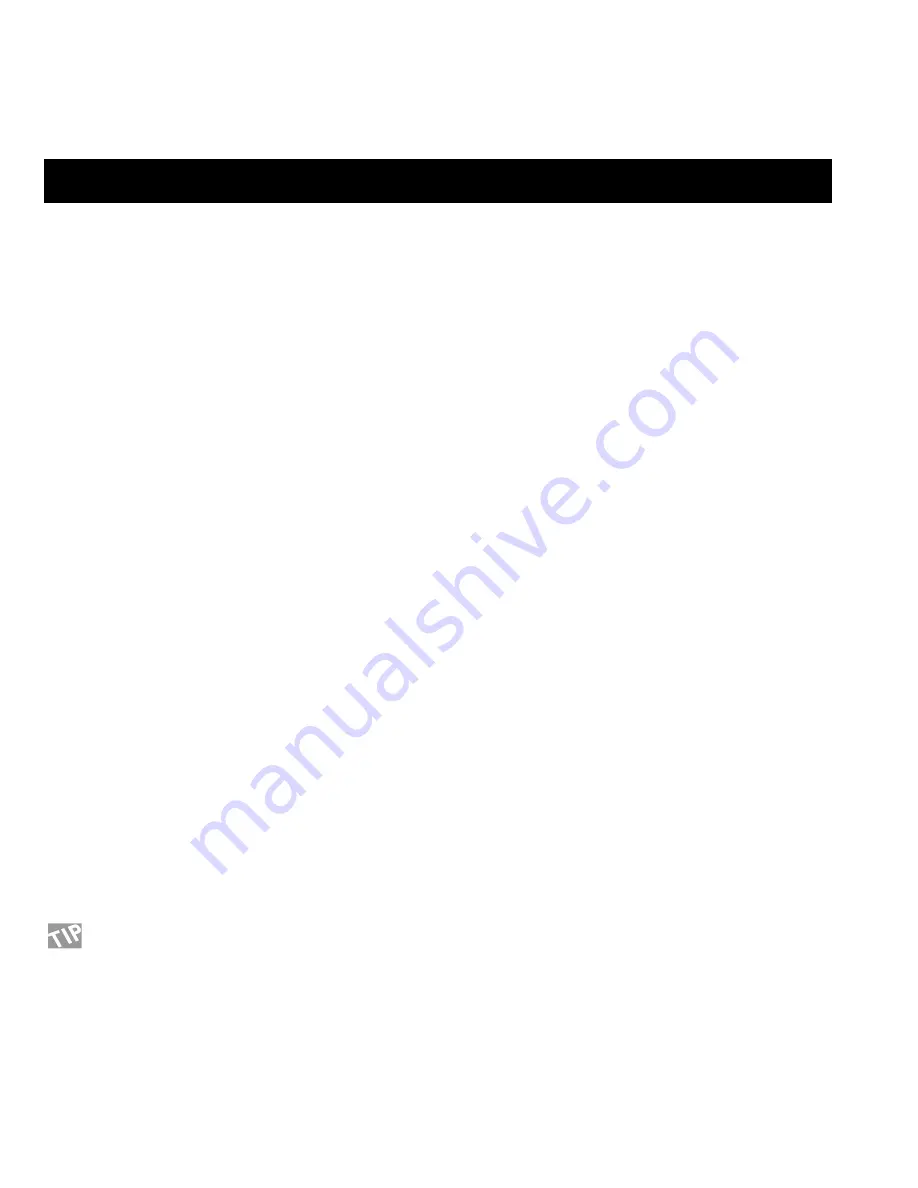
How to build a User preset
This is a step by step guide to some of the main functions used
when building your own presets.
Start by Recalling factory preset #225 called “Empty Routing”:
- Press Recall.
- Dial the Value wheel until you see preset 225.
- Press Enter to recall the current preset.
Setting up an Effect
There are two ways of inserting an effect. Let’s start by setting
up a Reverb.
- Press the Effects key.
- Use the < > Arrow keys to select the Routing display.
- Use the Parameter wheel to place the cursor in
the third position of the first column.
- Double click on the Reverb bypass key to insert
the Reverb.
And the other way:
- Press the Effects key.
- Use the < > Arrow keys to select the Routing display.
- Dial the Value wheel until you see “REV” and
press Enter to insert the Reverb in the Routing.
Editing an effect
There are two ways of getting into the Edit parameter display.
Here is the first and easiest - after pressing the Effects key:
- Use the < > Arrow keys to access the Edit display.
- Double click on the Reverb bypass key.
- Use the Parameter wheel to scroll up and down,
and the Value wheel to change values.
And the other way - after pressing the Effects key:
- Use the < > Arrow keys to access the Edit display.
- Dial the Parameter wheel to move the cursor to
the Reverb block.
- Press Enter to access the Edit parameter display.
- Use the Parameter wheel to scroll up and down,
and the Value wheel to change values.
- Press Exit to leave the Edit parameter display
or double click the Reverb bypass key again.
If you want to Edit another effect you can just double
click the current block bypass key right away, and the
G-Force will exit the first and then open the second.
HOW TO
12
How to set the level of a preset:
There are a couple of different ways to set the level of a preset,
but in any case you should consider reserving a bit of headroom
for the preset you want to be the loudest. One method is to lower
the Input (or Output) level of the last block in the routing. That
means that if you have blocks in a parallel combination, you will
have to change the level equally to keep the same relationship
between the current effects.
Another way is to use the Level in the In section. That particular
level is placed after the Noise Gate but before anything else. This
In Level is also present in the Modifier Matrix which means that
you can control it via an expression pedal.
How to add a block to the Routing
Now we have a Reverb, but we would like a Delay as well. You
need to decide whether you want the Delay in parallel or series
as opposed to the Reverb. Let’s try parallel, from the Routing
menu:
- Place the cursor in the second position, first
column, using the Parameter wheel.
- Double click on the Delay bypass key to insert the
Delay block.
If you run blocks in parallel, you should consider your mix
strategy. It may be wise to run all effects but one at 100% mix
and use the In/Outlevel to balance the level of the effects relative
to each other.
How to change a sub-algorithm
The Delay that you just inserted is a Stereo Delay that uses the
same delay time in both left and right channels. Let’s try to find a
delay with different times in left and right:
- Move the cursor to the Delay block using the
parameter wheel.
- Press Enter to dive into the Edit parameter display.
- Use the < Arrow left key to step to the sub-algo list.
- Dial the cursor to “Dual” using the Parameter
wheel and press Enter to change the sub-
algorithm.
You now have a Dual delay algorithm, where you are able to set
different delay times in left and right channels (remember to set
the panning of the two delay times).
Moving all blocks using the Layout
It suddenly comes to my mind that we need a Compressor in
front of the Delay and Reverb. Let’s try to move the Delay and
Summary of Contents for G-Force
Page 1: ...G Force GUITAR EFFECTS PROCESSOR USER S MANUAL...
Page 2: ...2...
Page 4: ...4...
Page 32: ...UTILITY This page is intentionally left blank...



























